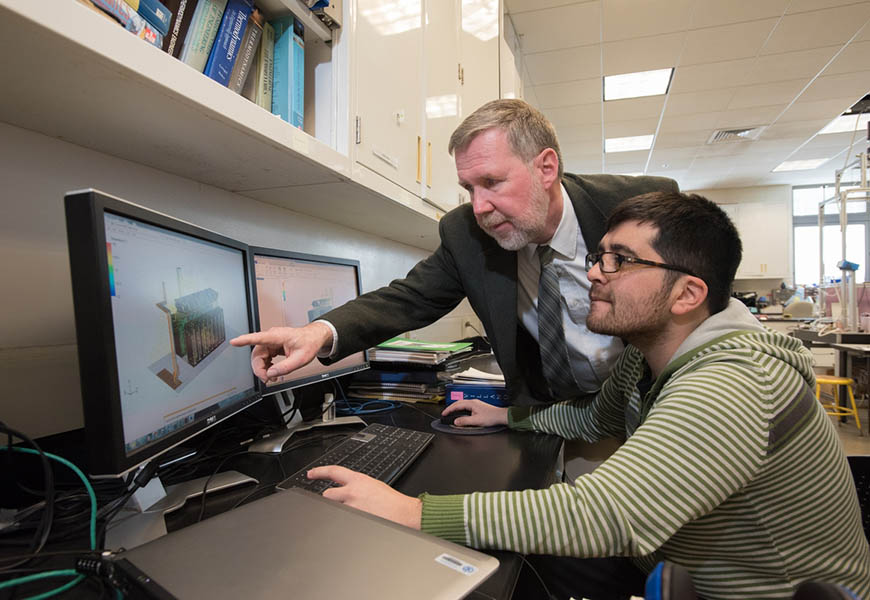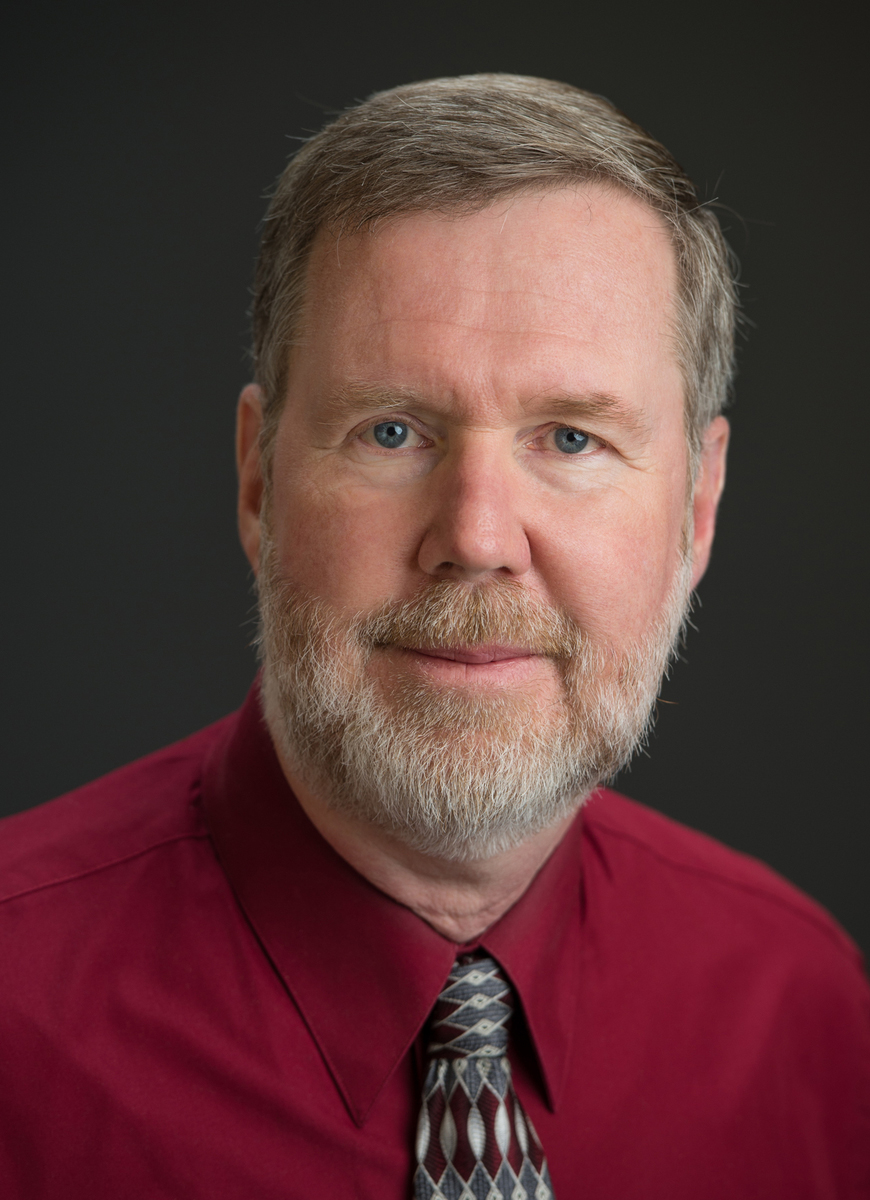Thermal and Flow Management of Multiscale Systems (TFM2S)

Mission
Through insight, scaling, and appropriate modeling, the TFM2S group seeks to be a leader in the analytical and computational solutions of thermal/fluids problems that span from sub-micron to large-scale.
Overview
As a heat transfer and fluid mechanics generalist, Dr. G. F. Jones (known to his friends as Jerry) has studied a broad range of technical problems. His background as a project engineer at a major oil company, a technical staff member and productive researcher at Los Alamos National Laboratory (LANL), and a vital faculty member at Villanova University, as well as an adjunct member of the University of New Mexico while at LANL, have provided him with a breadth and depth of experience that is nearly unequaled by faculty in mechanical engineering programs. Motivated by industrial applications, and focused on fundamentals and analytical solutions for insight, he and his students have solved many problems, a sampling of which are:
- Computationally efficient fluid dynamic and heat transfer algorithm development for compressible and incompressible vapor space problems in heat pipes
- Heat exchangers, including cryogenic and high-performance composite-matrix types
- Application of Constructal theory to optimize compact heat exchangers and heat sinks for electronics cooling
- Laminar and turbulent natural convection in open and partially divided enclosures
- Transient natural convection in large and small enclosures with an application to passive solar heating
- Heat transfer and fluid flow for cooling of electronic equipment including optimization of composite heat spreaders and cold plates
- Heat transfer in processing of advanced composite materials
- Transport and chemical reaction in liquid metal and biological systems
- Flow and heat transfer in porous media including High-Gradient Magnetic Separation filtration, and regenerative active magnetic refrigeration
- High-speed liquid flow in blast shields for personnel protection
- Non-continuum heat conduction in a packed bed with volumetric energy generation
- Anisotropic heat conduction in a reinforced-concrete wall with a central insulation layer
- Double-diffusive convection in salt-gradient solar ponds
- Analysis and modeling of thermal yields from hot dry rock geothermal reservoirs
- Thermal management of TEM fuel cells using distributed TE coolers
- Development of calculus-based optimization algorithms for demand-driven gravity water networks
As an ensemble, these topics include domains that span from the sub-micron (non-continuum heat conduction and thermal processing of advanced composite materials) to large-scale (laminar and turbulent natural convection in full-size buildings) through the small-scale (double-diffusive convection in salt-gradient solar ponds and interfacial thermal resistances in glass solidification). Attention is always given to include the physics appropriate to the scale of the problem at hand.

